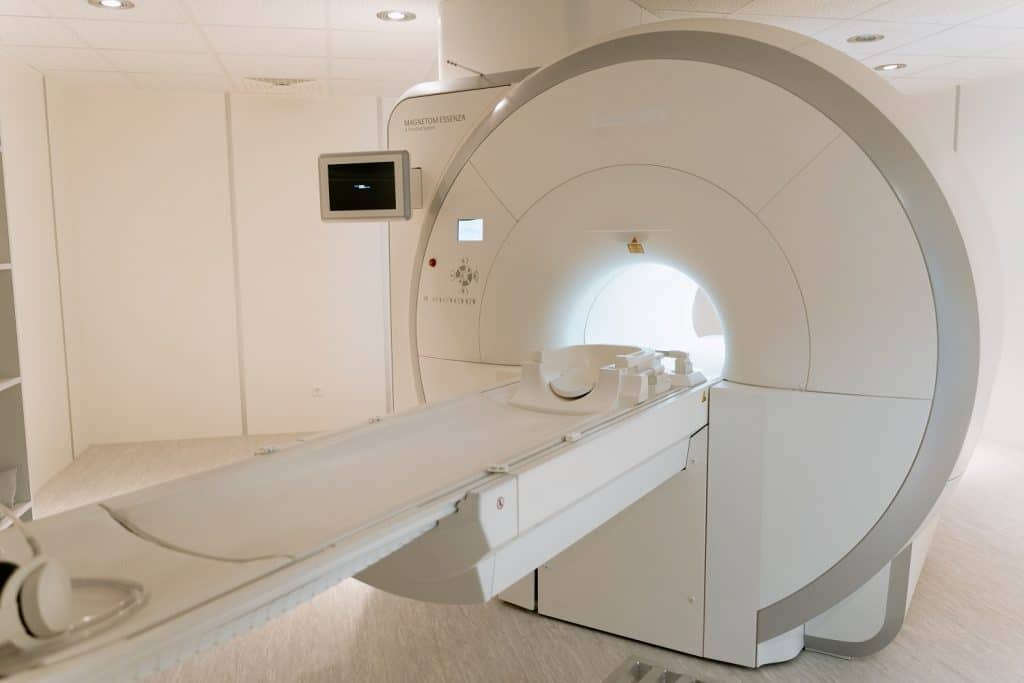A restaurant worker has been fined for a peanut allergy breach. The worker who served peanuts to a woman with a peanut allergy putting her in hospital on her 18th birthday was fined in court.
Eleanor Lincoln ate the takeaway, a chicken tikka masala, at home as part of a family birthday celebration. But very quickly she went into anaphylactic shock and had to be treated by her mum with adrenalin via an Epi pen before being taken to hospital by ambulance.
Doctors at the Royal Victoria Infirmary in Newcastle had to administer Miss Lincoln, who was struggling to breathe, with steroids. She was kept in hospital overnight for observation but discharged the next day.
Newcastle City Council’s Environmental Health Team launched an investigation into the incident.
Inspectors found that when the order was made in March 2021, during lockdown in the pandemic, the family specifically asked for no peanuts, but staff missed the crucial information. Peanut and almond protein were found in the meal.
The Council charged the food business operator, Samir Najeeb, of Khan’s Restaurant, Heaton Road, Newcastle, with two breaches, one under the Food Safety and Hygiene Regulations 2013 and one under the Food Safety Act 1990. He pleaded not guilty to both charges but was found guilty of the Food Hygiene Regulations charge. The charge under the Food Safety Act was dismissed by the court.
Najeeb was fined £450 with £3,000 in costs at Newcastle Magistrates Court.
Council cabinet member for a Dynamic City, Councillor Irim Ali, who has responsibility for regulation, said:
“People have died from food allergies and contaminated food from takeaways and restaurants. I can’t emphasise enough the seriousness of this case. Thankfully Eleanor is fit and well now. The case highlights the need for very strict management of food orders and great care needed when serving food. There is no room for complacency or error. The public must be confident that businesses are safe and take no risk with their safety. We are committed to supporting businesses with training and help but will hold those to account that put lives at risk.”
Miss Lincoln has fully recovered from her ordeal and is now at university.

The case highlights the importance of food establishments having robust food safety management systems in place and staff being trained in allergen management.
It also underlines the importance of understanding customer requests for allergen free meals, the general importance of allergen awareness to food operators and customers.
An estimated 1-2% of adults and 5-8% of children in the UK have a food allergy which is around 2 million people. Nut allergies affect approximately 1 in 50 children and around 1 in 200 adults in the UK.
In September 2021, a joint health promotion programme was undertaken with both Newcastle and Northumbria Universities and North East Ambulance Service, aimed at new students coming to live in the city and visiting the city’s many and varied food establishments. The promotional event urged takeaway lovers to be more allergy aware.
Allergy Awareness Top Tips
The majority of the allergy reports relate to 17 to 30-year-olds ordering takeaways or food in bars and nightclubs, and so organisations are working together to offer top tips to students to keep themselves and others safe:
- Be allergy aware – Find out if anyone in the group you are ordering for has a food allergy.
- Speak to the restaurant every time – If ordering by app, do not rely on the in-app messaging service. Call the restaurant directly and make sure they understand the allergy. Remember to ask, even when ordering the usual, because the recipe, ingredients, chef or kitchen staff may have changed.
- Be clear – Give examples of food that could cause a reaction and be clear about the allergy.
- Ask the restaurant to label the allergy-safe meal – Make sure the container will be labelled so that it is clear when the meal arrives and there is no risk of cross-contamination.
- Follow your instincts – If the person you are ordering from does not understand the allergy or intolerance, ask to speak to the manager. If you still do not feel confident, consider ordering elsewhere.
- Do not feel embarrassed – There is no need to feel awkward asking about an allergy. Food business are legally required to make allergen information available when you order and when the food is delivered.
Allergy Guidance
The Food Standards Agency (FSA) publishes guidance for food businesses on allergy safeguards and controls.
Food business operators in the retail and catering sector are required to provide allergen information and follow labelling rules as set out in food law (Opens in a new window).
This means that food business operators must:
- provide allergen information to the consumer for both prepacked and non-prepacked food and drink
- handle and manage food allergens effectively in food preparation.
Food businesses must make sure that staff receive training on allergens. Staff can complete the FSA’s free food allergy training. Managers can also share the FSA’s allergen checklist with staff for tips on food allergy best-practice.
The FSA also has separate guidance for food manufacturers and institutional caterers such as schools and care homes.
Allergens
Food businesses need to tell customers if any food they provide contain any of the listed allergens as an ingredient.
Consumers may be allergic or have intolerance to other ingredients, but only the 14 allergens are required to be declared as allergens by food law.
The 14 allergens are:
- celery
- cereals containing gluten (such as barley and oats)
- crustaceans (such as prawns, crabs and lobsters)
- eggs
- fish
- lupin
- milk
- molluscs (such as mussels and oysters)
- mustard
- peanuts
- sesame
- soybeans
- sulphur dioxide and sulphites (if the sulphur dioxide and sulphites are at a concentration of more than ten parts per million) and
- tree nuts (such as almonds, hazelnuts, walnuts, brazil nuts, cashews, pecans, pistachios and macadamia nuts).
This also applies to additives, processing aids and any other substances which are present in the final product.
Allergen labelling
There are a number of ways in which allergen information can be provided to your customers. You will need to choose the method which is best for your business and the type of food you serve.
Prepacked foods refer to any food put into packaging before being placed on sale, while non-prepacked food (loose food) is unpackaged food. Different allergen labelling rules apply depending on how the food is provided.
The FSA has published technical guidance which provides a detailed explanation of the labelling requirements for each food type.
If your business needs food safety advice, please contact one of the Ashbrooke team.








